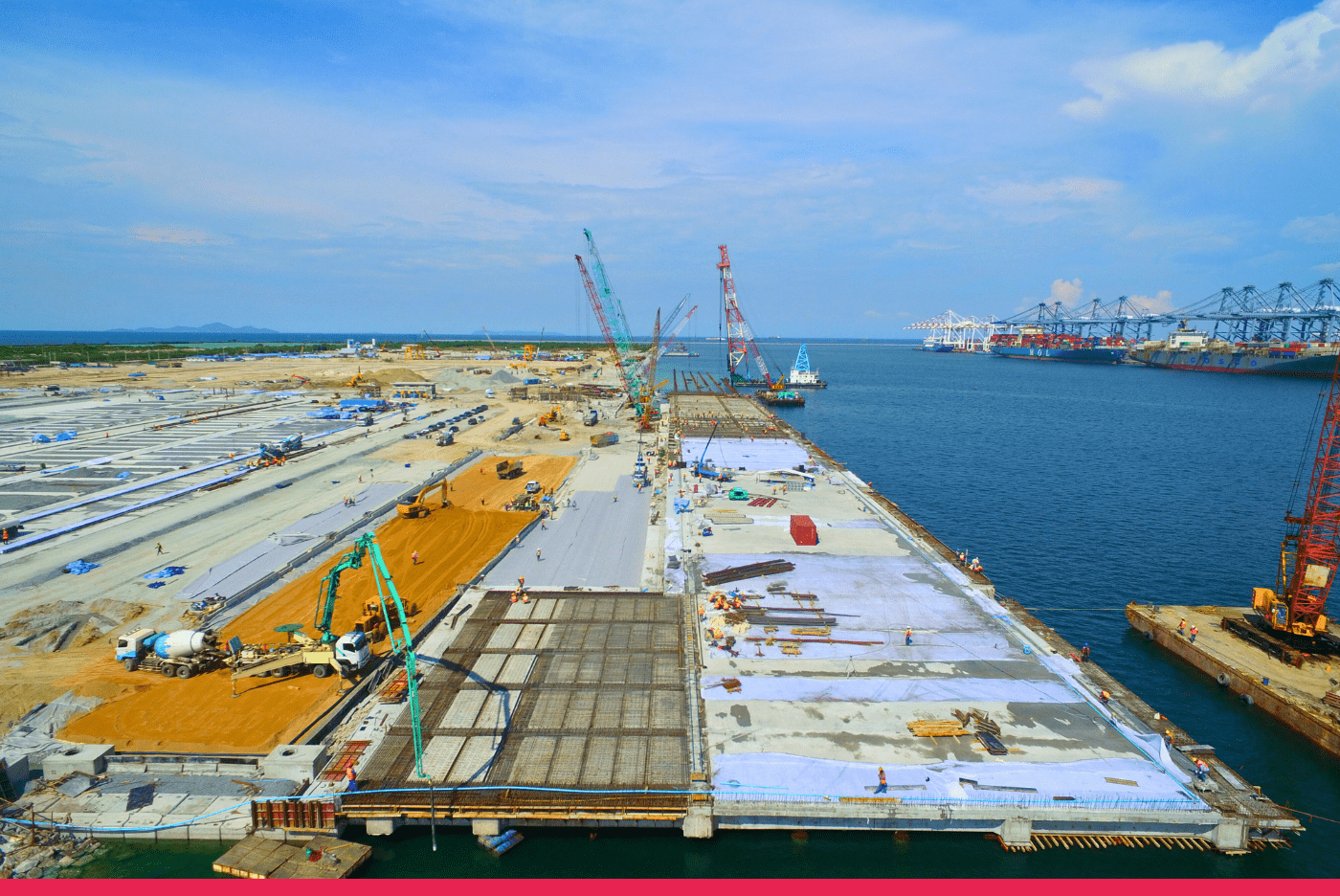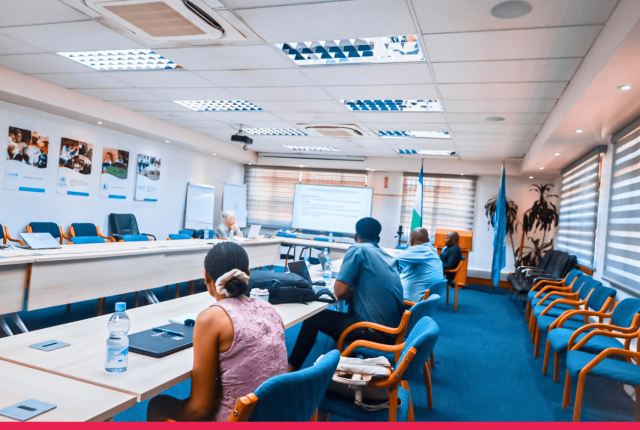
The LAPSSET Corridor: A Model for Transboundary PPPs in Africa?
Introduction
Public-Private Partnerships (PPPs) have emerged as a powerful tool for financing and implementing large-scale infrastructure projects in Africa. When these projects span multiple countries, however, the complexities increase significantly. The Lamu Port-South Sudan-Ethiopia Transport (LAPSSET) Corridor is one of the most ambitious transboundary infrastructure projects on the continent, providing a valuable case study on how regional collaboration and innovative PPP models can drive economic growth and regional integration.
Understanding LAPSSET: A Multi-Country Mega-Project
The LAPSSET Corridor is a multi-modal transport and infrastructure project linking Kenya, Ethiopia, and South Sudan. It includes:
- A new deep-sea port in Lamu, Kenya
- Railways and highways connecting the three countries
- Oil pipelines and a refinery
- Airports and resort cities
Designed to ease trade and investment flows between East Africa and global markets, LAPSSET is a transformative initiative that aligns with the African Continental Free Trade Area (AfCFTA) objectives by enhancing connectivity and facilitating commerce.
The Role of PPPs in LAPSSET
Given the scale and financial requirements of LAPSSET, PPPs play a crucial role in mobilizing investment. Private sector involvement is essential in:
- Financing infrastructure development
- Providing expertise in construction and operations
- Ensuring efficient service delivery through performance-based contracts
Successful PPPs require a conducive legal and regulatory framework, clear risk-sharing mechanisms, and strong institutional support to attract investors.
Challenges in Implementing Transboundary PPPs
1. Regulatory and Legal Harmonization
One of the biggest hurdles in transboundary PPPs is aligning the legal and regulatory frameworks of participating countries. Differences in procurement laws, tax regimes, and dispute resolution mechanisms can create barriers to seamless implementation.
2. Political and Governance Risks
Political instability and governance challenges in any of the participating countries can deter investors. For LAPSSET, ensuring long-term government commitment and policy consistency across Kenya, Ethiopia, and South Sudan is essential.
3. Infrastructure Coordination and Standards
Infrastructure projects spanning multiple countries must adhere to common technical standards to ensure interoperability. Disparities in construction codes, safety regulations, and operational guidelines can slow progress.
4. Financing and Risk Allocation
Large-scale transboundary PPPs require substantial financing. Investors need clarity on revenue generation models, risk allocation, and guarantees from host governments to mitigate financial uncertainties.
The Role of Regional Organizations
African Union (AU) and Regional Economic Communities (RECs)
Regional organizations play a pivotal role in facilitating transboundary PPPs by:
- Developing policy guidelines and legal frameworks
- Enhancing coordination between member states
- Mobilizing funding from development finance institutions (DFIs) such as the African Development Bank (AfDB) and the World Bank
The AU’s Programme for Infrastructure Development in Africa (PIDA) identifies LAPSSET as a priority project, reinforcing the importance of regional coordination in infrastructure development.
Lessons Learned from LAPSSET for Future Transboundary PPPs
1. Early Stakeholder Engagement
Engaging governments, local communities, and private sector players from the outset helps build consensus and ensures smoother project execution.
2. Harmonized Legal and Policy Frameworks
Standardizing regulations across participating countries reduces investor uncertainty and improves project implementation efficiency.
3. Transparent Governance and Risk Mitigation
Clear governance structures, dispute resolution mechanisms, and financial risk-sharing arrangements are critical in attracting long-term private sector investment.
4. Regional Institutional Support
Strong backing from regional bodies like the AU and AfDB enhances project credibility and facilitates cross-border coordination.
Conclusion: A Blueprint for Future Regional PPPs
LAPSSET serves as a model for transboundary PPPs in Africa by demonstrating how regional collaboration, well-structured financing, and institutional support can drive large-scale infrastructure development. As Africa continues to integrate economically, the lessons from LAPSSET can inform future projects, ensuring that infrastructure remains a catalyst for sustainable growth and regional prosperity.
Call to Action
The success of transboundary PPPs depends on continuous dialogue among stakeholders, policy reforms, and strategic investments. If you are an investor, policymaker, or development partner interested in shaping Africa’s infrastructure future, explore opportunities in the LAPSSET Corridor and beyond. Stay informed by subscribing to our newsletter and engaging with us for expert insights on Africa’s infrastructure landscape.



Leave a Reply